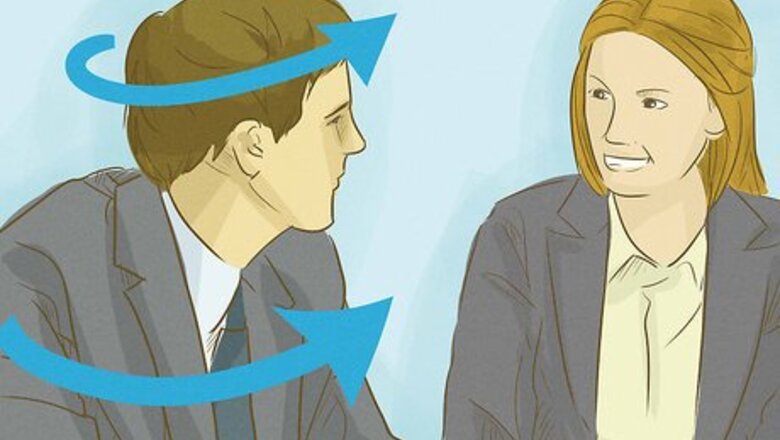
views
Making Eye Contact
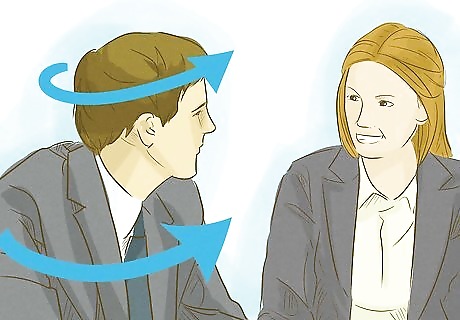
Turn your shoulders and head to face the other person's eyes. Opening up your body to the other person tells them you are listening, engaged, and ready to communicate. It also makes eye contact easier and more natural to maintain. Position yourself a few feet away from the other person's face.
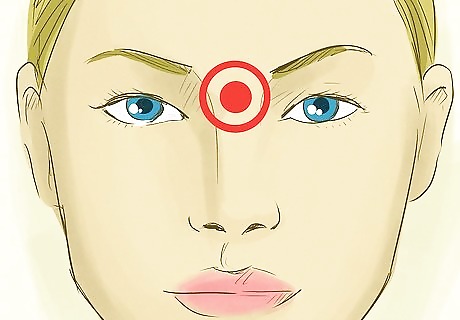
Choose a focal point near the eyes. Most commonly, this is one of the other person's eyes, but if you are uncomfortable you can look between their eyes, just under or above the eye, or at the earlobe. Looking at people while you're talking to them is a great way to show integrity.
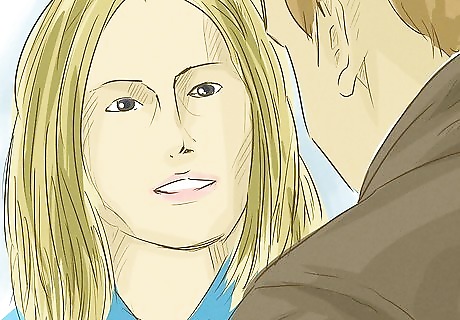
Make gentle eye-contact. Think of how you would look at a painting or great view -- you are not focusing intently on their eye but instead looking at them gently. Hold your eyes in this position and resist darting them around. Relax your gaze by breathing slowly as you make eye-contact and nodding occasionally while you listen.
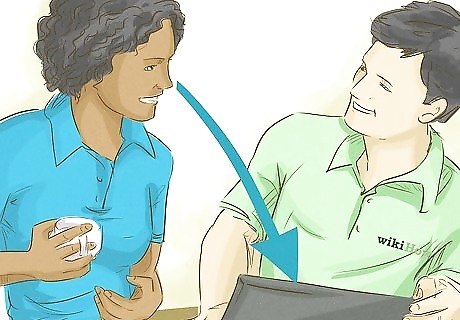
Break eye contact briefly every 5-15 seconds. Too much eye-contact can be as off-putting as none at all. While you don't need to count the seconds, you should look away every once in a while to keep the conversation light and easy, but only for a few seconds. Some casual ways to do so include: Laughing, nodding, and acknowledging the other person. Looking at the sky/weather. Looking off to the side briefly, as if remembering something. Running your hands through your hair.
Public Speaking

Look slightly above the crowd. You will never be able to make eye-contact with every person in a large group, so don't even try! Aim your eyes 2–3 inches (5.1–7.6 cm) above the heads of the group without focusing on one particular person. If you are at a podium or raised above the crowd, aim for the middle of the crowd without focusing on one particular person.

Shift your gaze every every few sentences. You do not want to look straight ahead the entire time you are speaking. Every so often, turn your head a different direction. Try to look at every section of the crowd once or twice so that the whole audience feels like they have your attention.
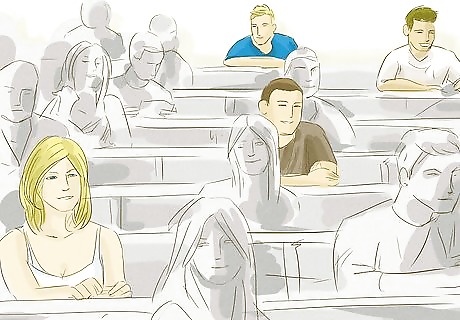
Alternatively, choose 4-5 people to look at. This works best if you know several people in the crowd and feel comfortable speaking to them, like a classroom presentation. Simply rotate your gaze from one to the other every 10-15 seconds.
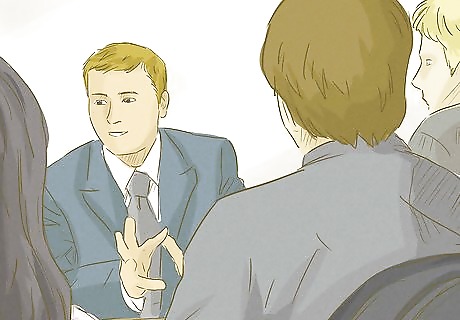
Rotate your gaze from person to person in small groups. If you keep eye-contact on one person the entire time the rest of the group may become disinterested or feel left out. As you speak, look in each person's eyes for 5-10 seconds before moving slowly to another person. This works best with groups of 3-5 people.

Make full eye-contact when someone else is speaking in a group. This lets the speaker know that they have your attention, are listening, and care about what they have to say. Most likely, they will only make eye-contact with your briefly, keeping things from seeming awkward.
Tips for Practicing
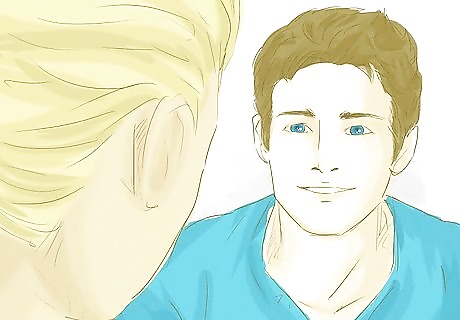
Make a conscious effort to start making eye-contact slowly. Do not try to force yourself to hold the eyes of every person you meet if you are uncomfortable. Start slowly, reminding yourself to make eye-contact in every conversation. It is easier to practice while listening to someone instead of while you are talking.
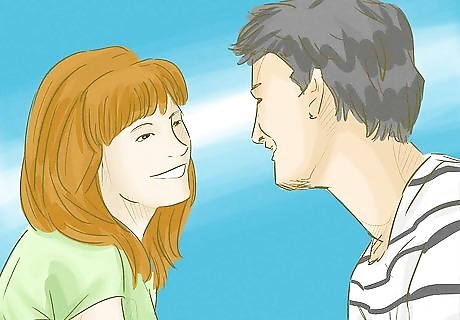
Make "whole-face contact" to make your eye's feel more natural. Smile and nod along to the conversation, rotating your gaze though both eyes, the person's nose, and mouth. When talking, don't feel like you have to make eye-contact the entire time-- change your expression or look away to keep the other person's interest.
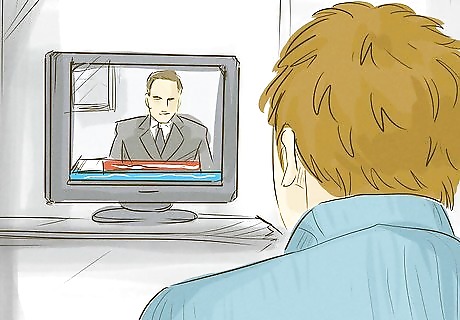
Practice with a TV, web-camera, or mirror. If you struggle with real people, you can practice with a screen or mirror. Try to make eye-contact with every character you can on TV or video blogs. News channels, where the anchor looks right at the camera, are a great way to practice comfortably in your home.
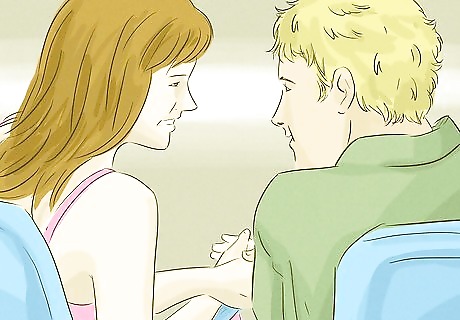
Know when good eye-contact is essential. Making eye-contact is a sign of trust, reliability, and openness, and helps in a variety of social settings. However, there are some settings when it is vital for success: Job Interviews: Good eye-contact tells a boss that they can trust you. Be sure to look them in eyes while you talk, as it assures them that you know what you're talking about. Dates: Eye-contact can help you make an intimate connection, but it can be difficult to look away in a one-on-one setting. Hold your gaze longer than usual to show your attraction. Arguments: Strong eye-contact is a mark of assertiveness and power. Hold your opponent's gaze for longer periods of time so you do not appear weak or unsure of yourself.



















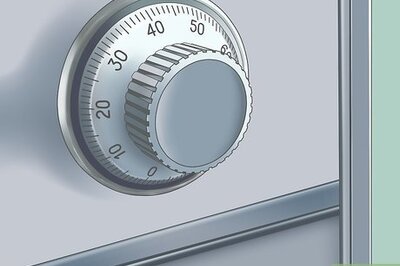
Comments
0 comment